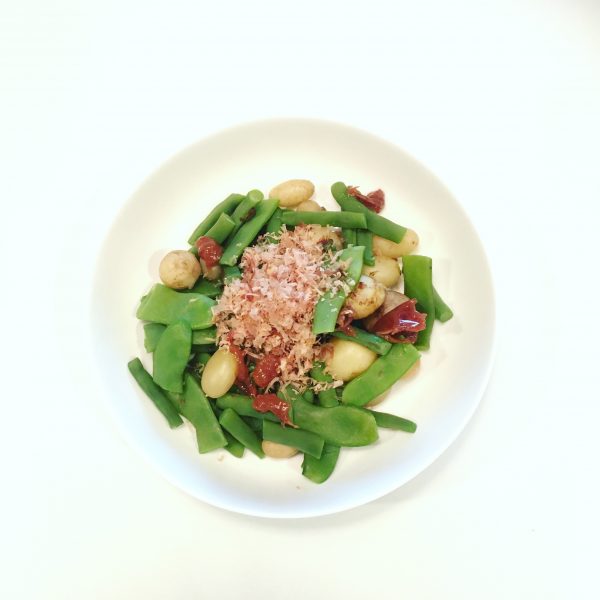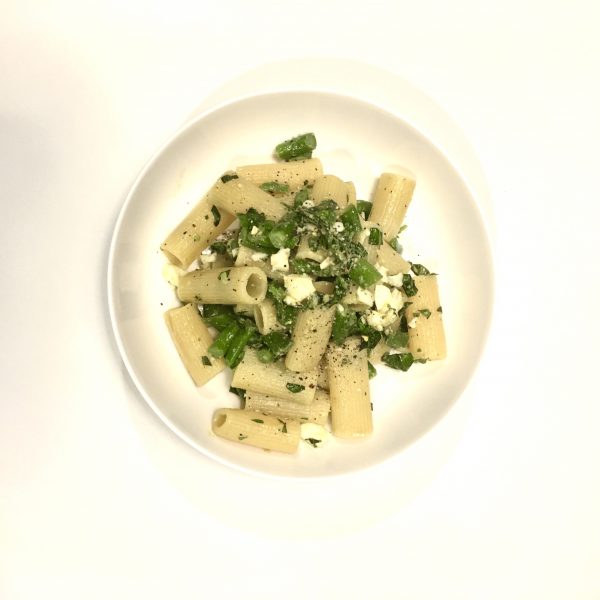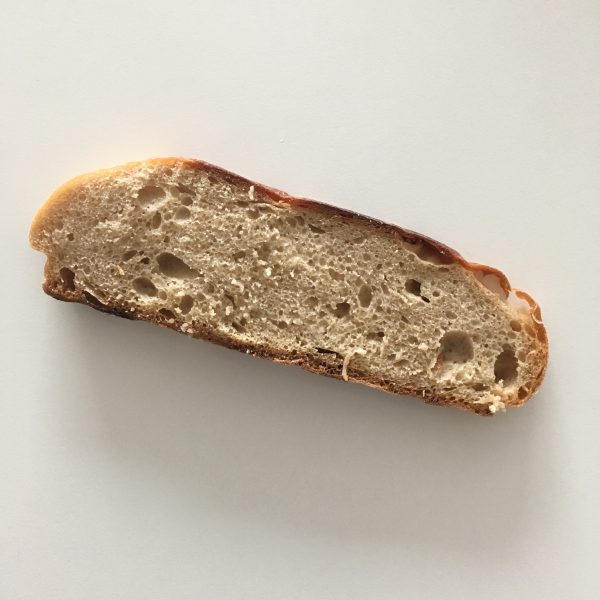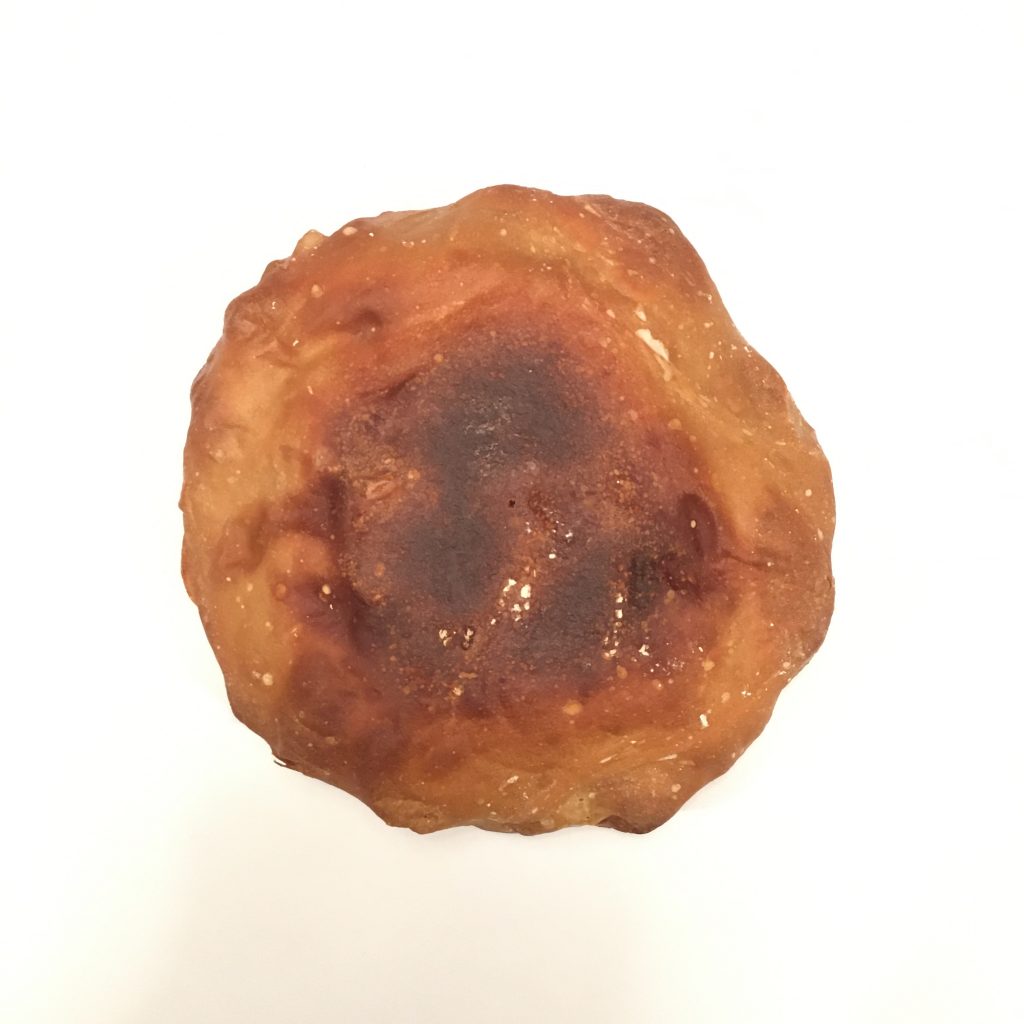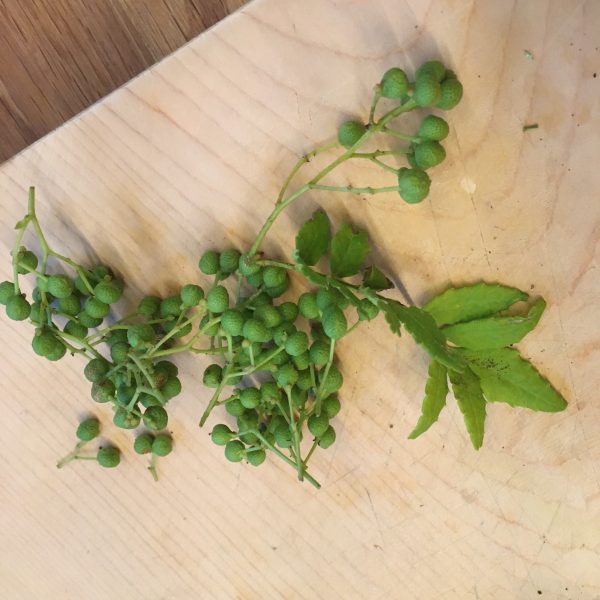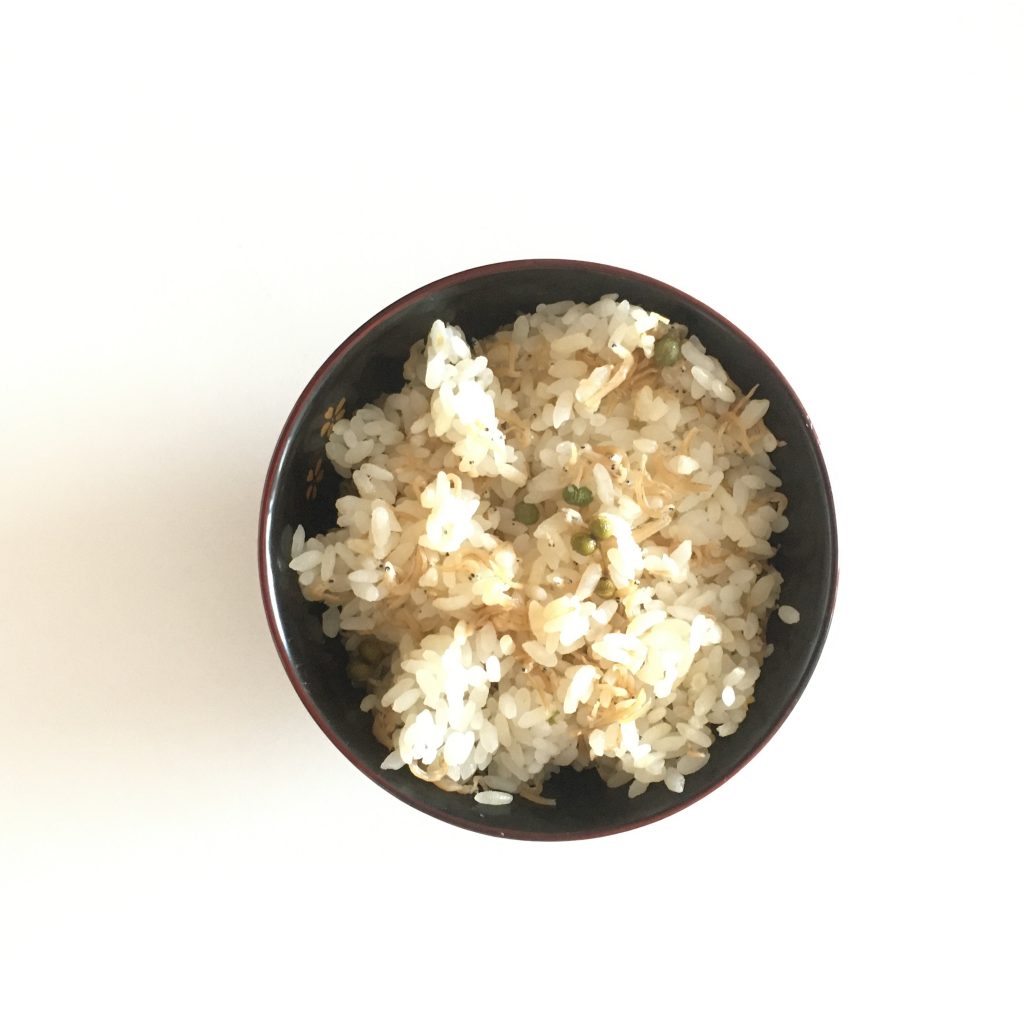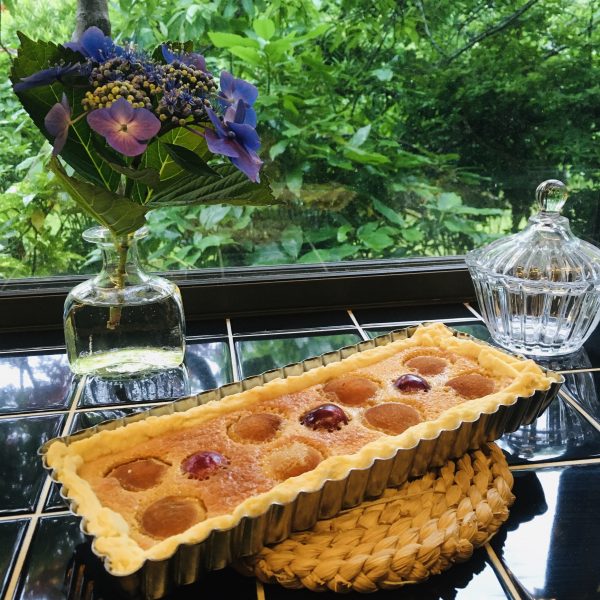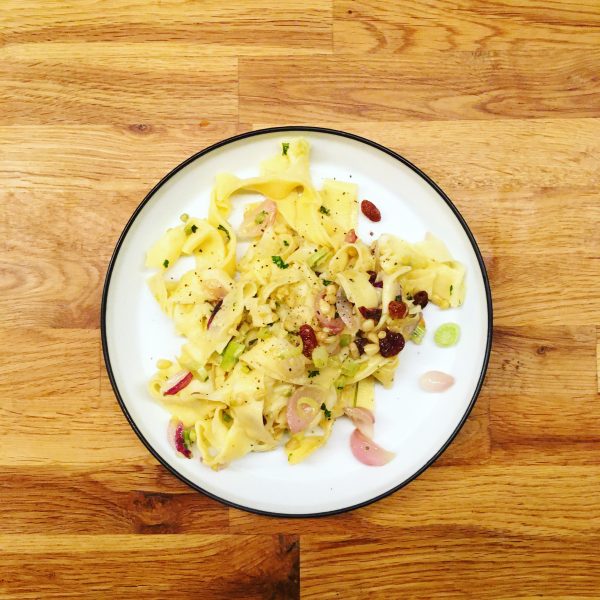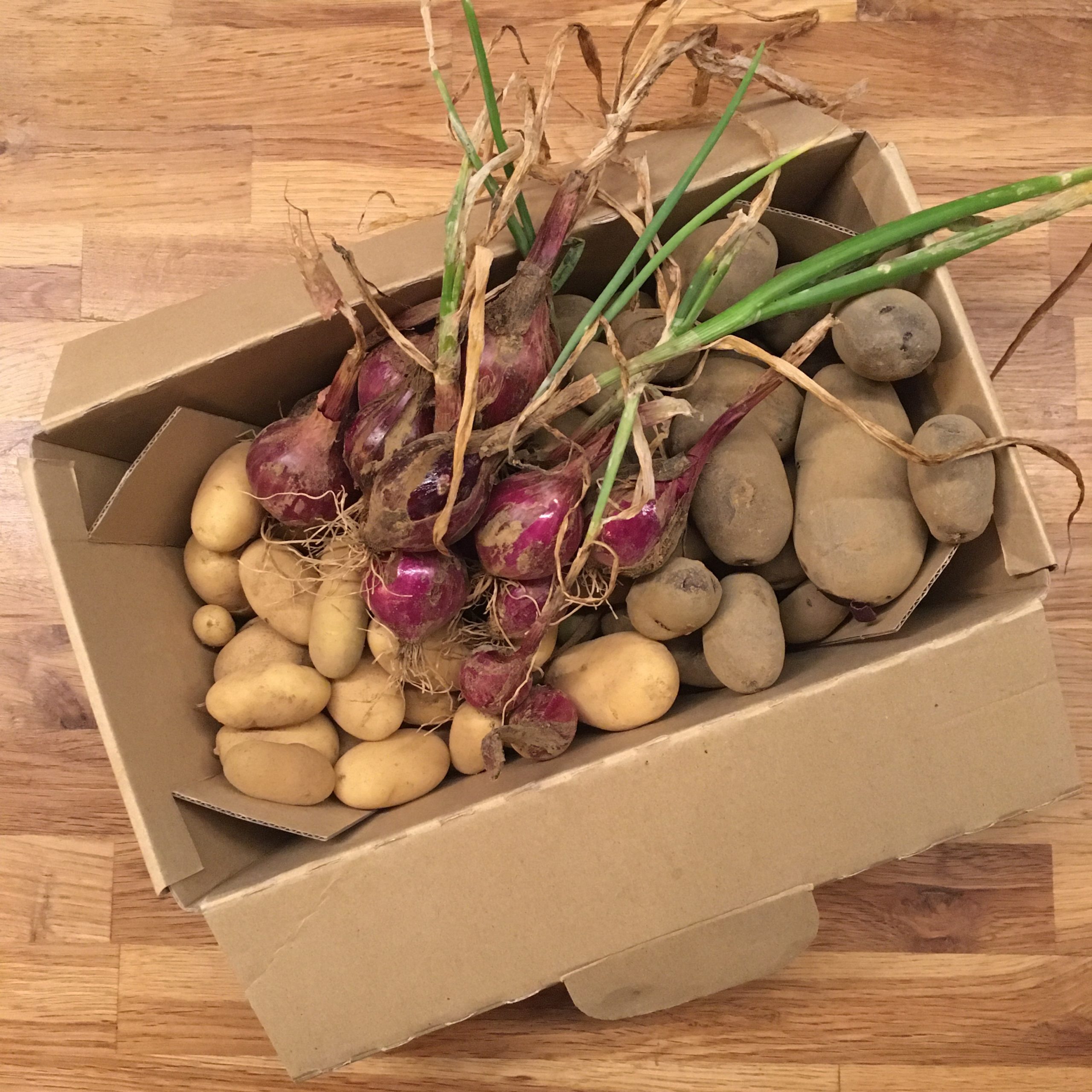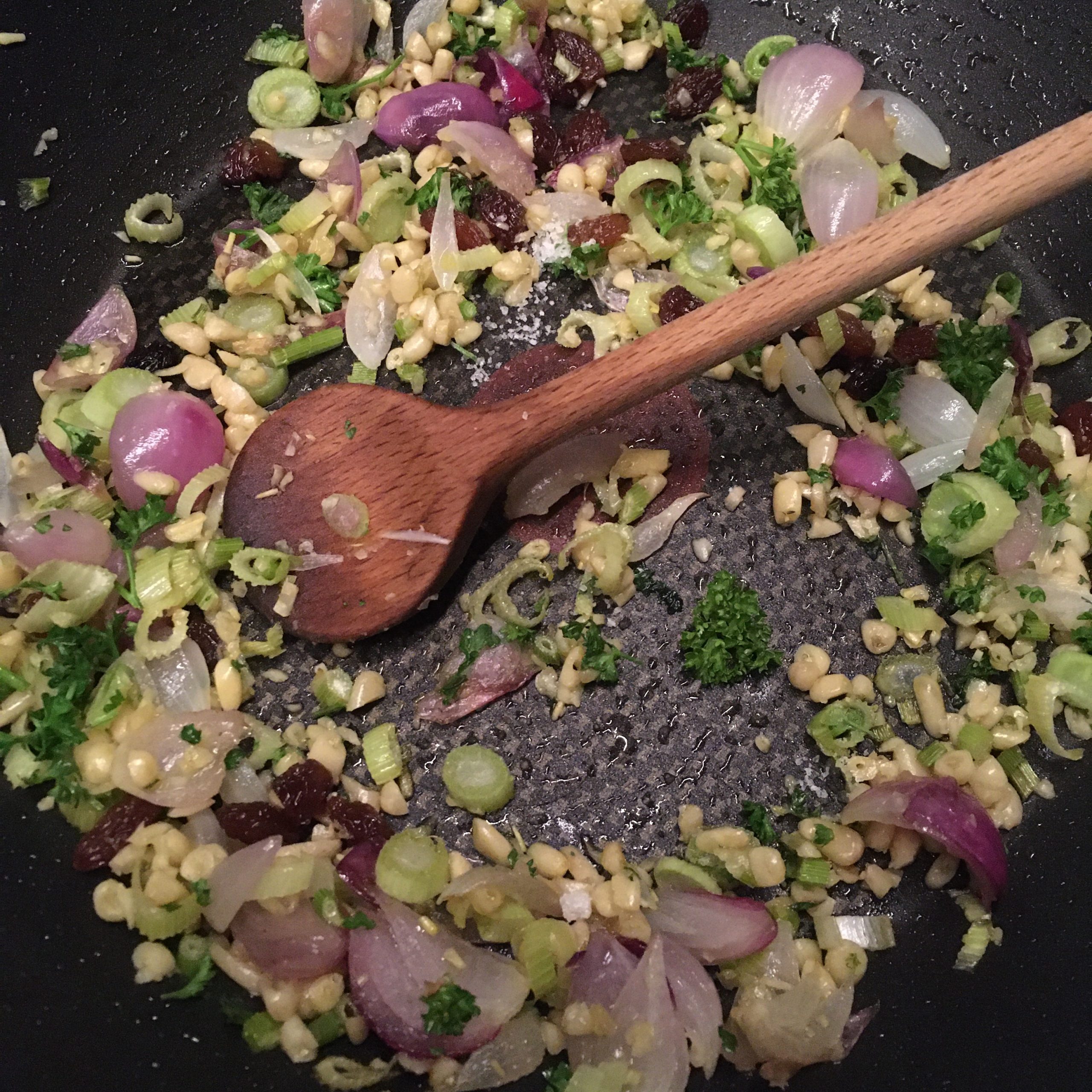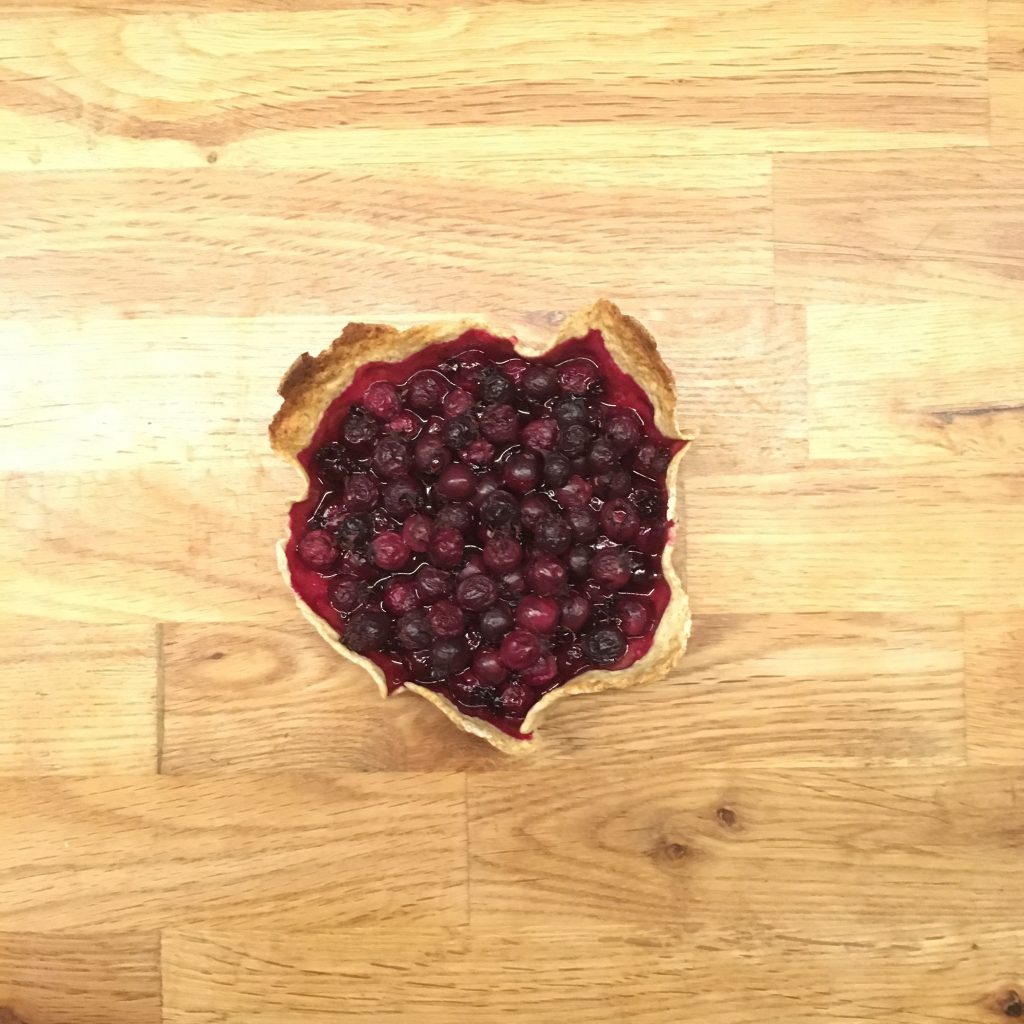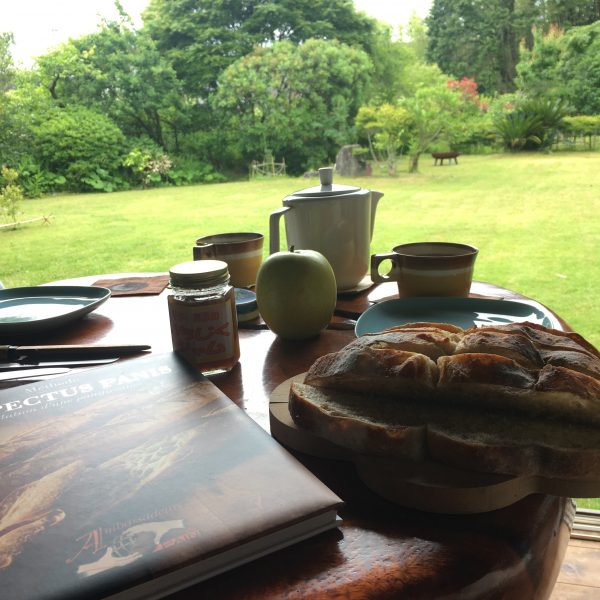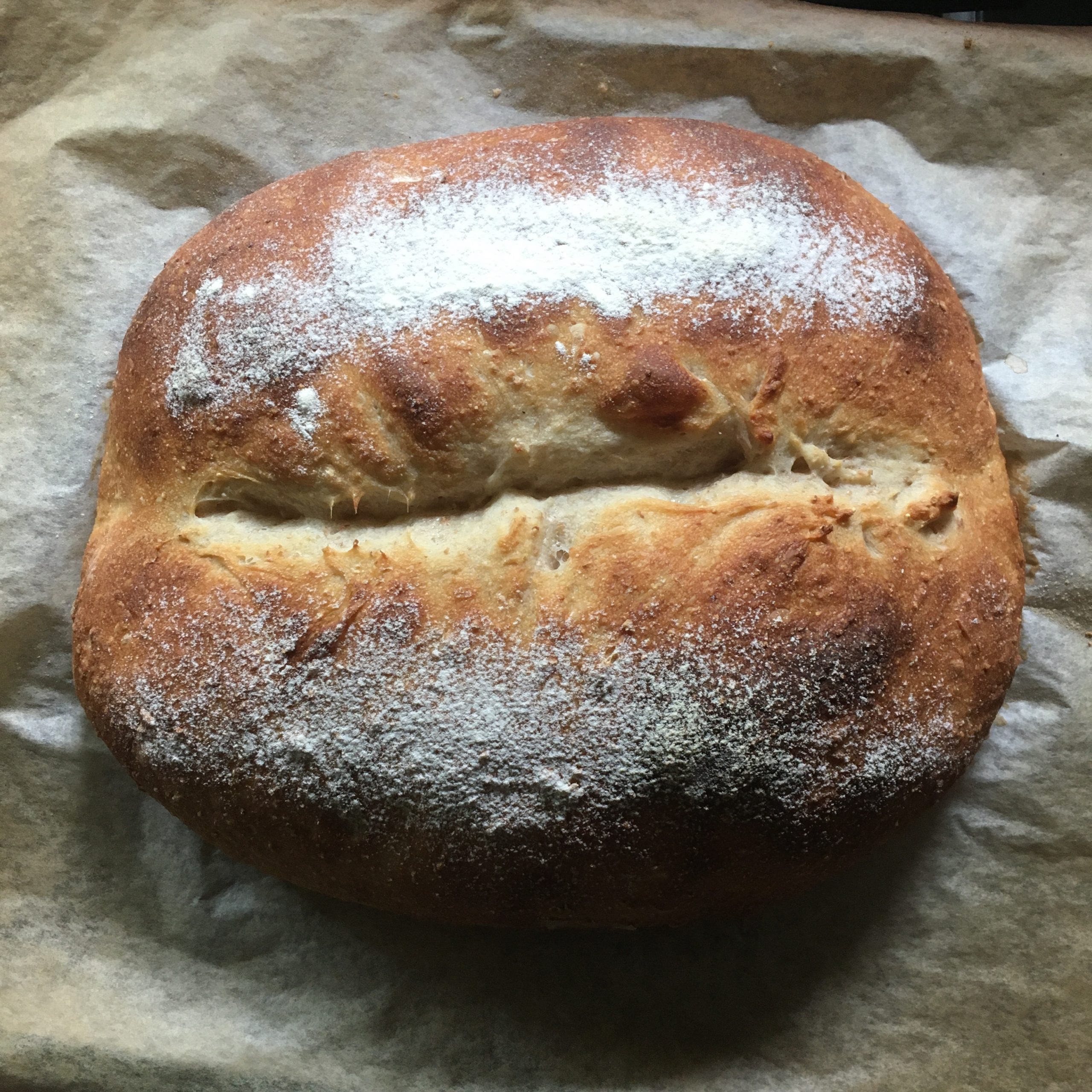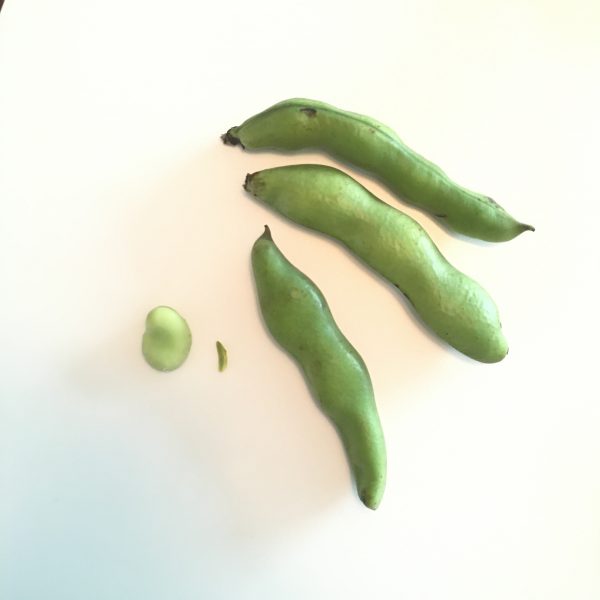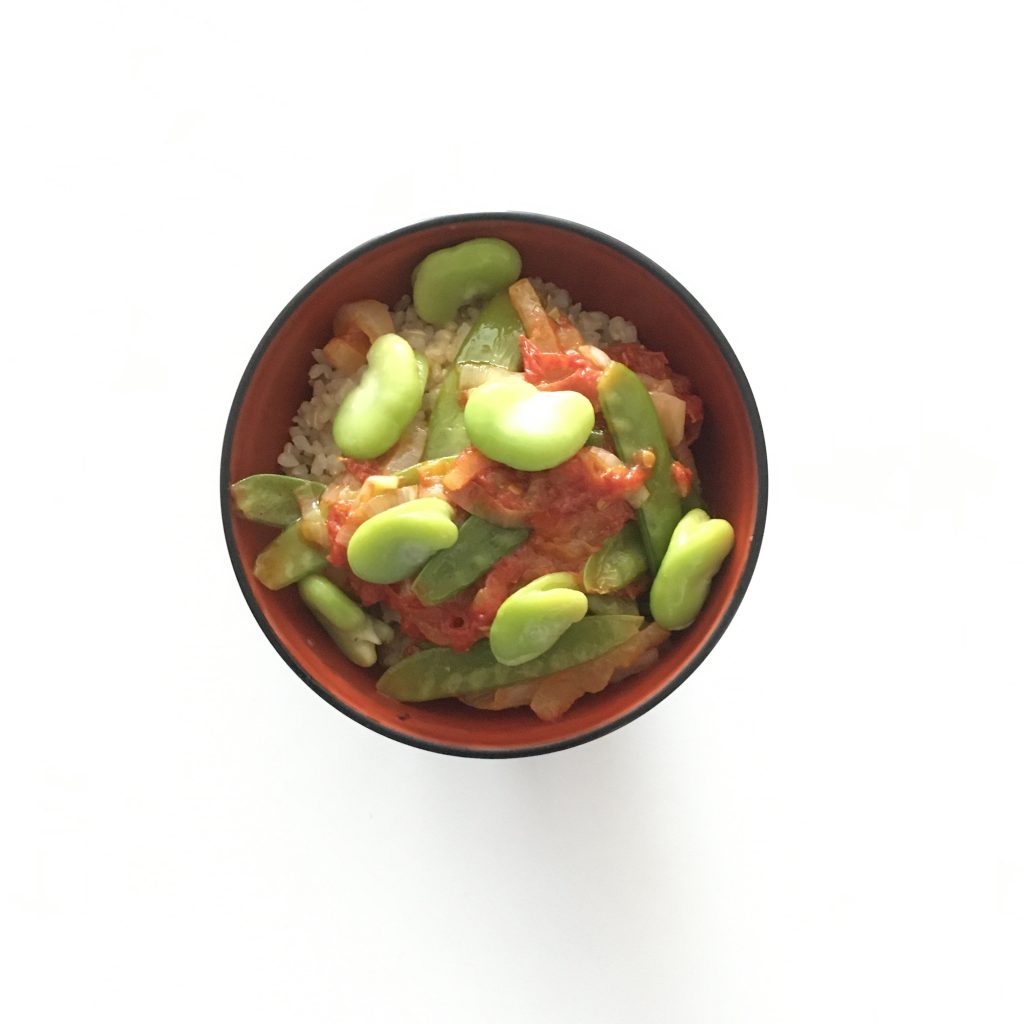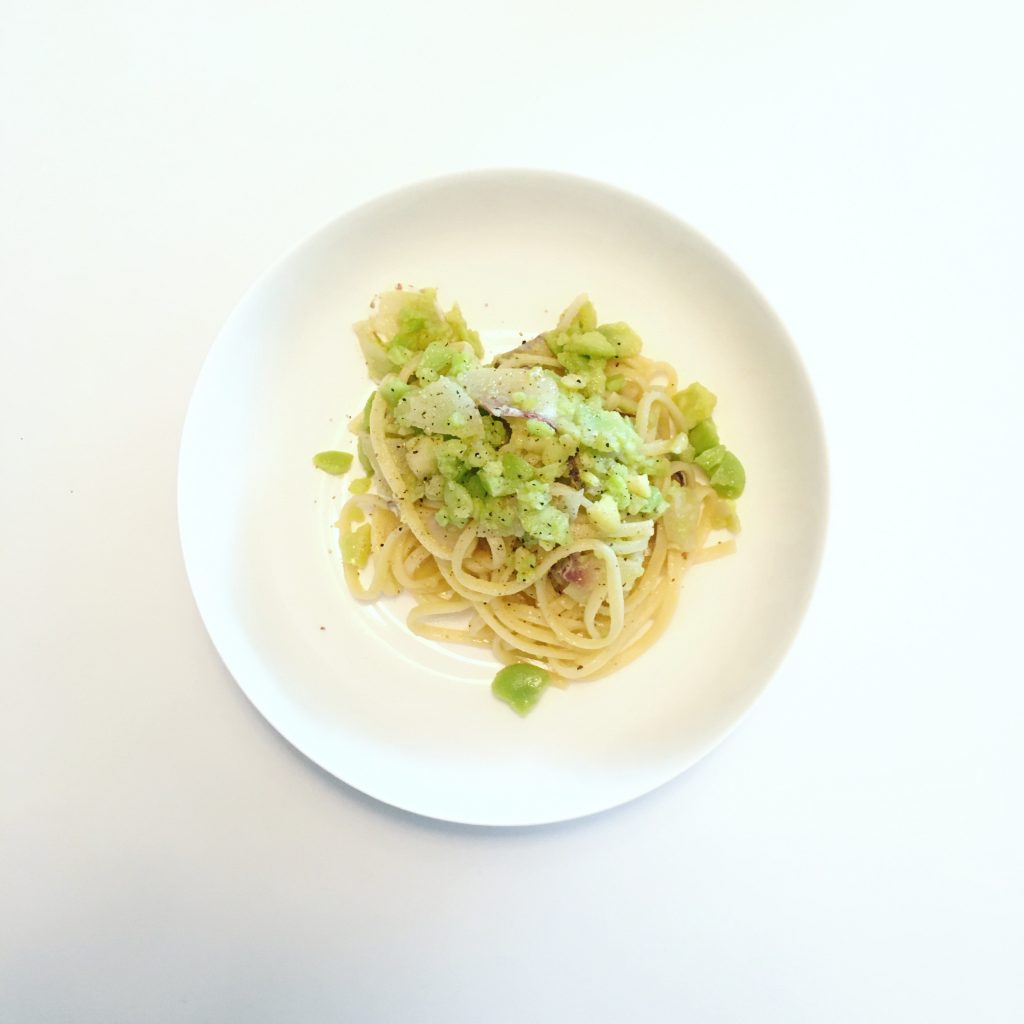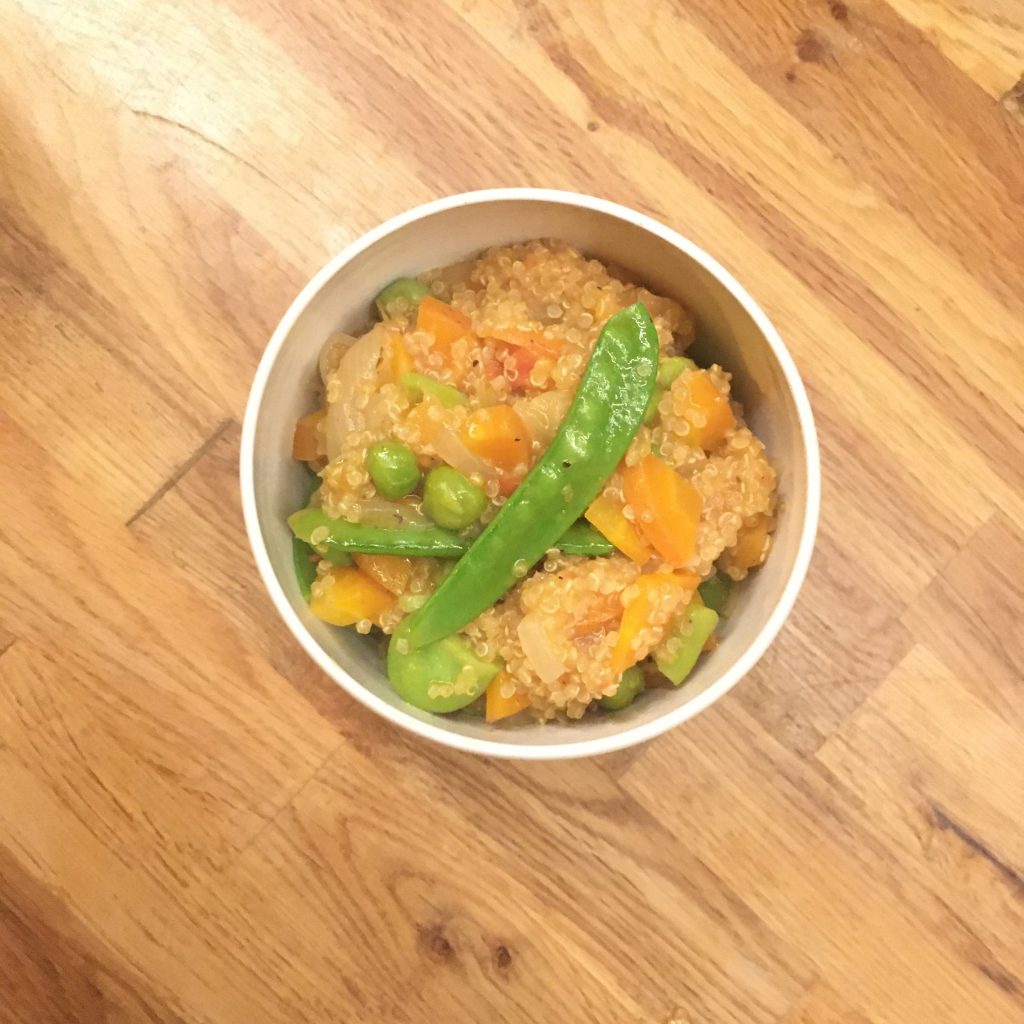In the late spring and early summer, back then when we lived in France, my mother would often cook a potatoes salad with green beans or broad beans and new onion. Or she would prepare broad beans with tomatoes. Broad beans, or Morocco ingen モロッコインゲン, are very easy to find in Japan. In Isumi they seems to be growing quite easily, it’s on the farmers market stall from early June. (Oh! By the way, it seems that the name “ingen” comes from the name of a monk that imported green beans to Japan a few centuries ago!!)
Like my mother, I like to prepare broad beans, and a potato salad is always handy because it can be prepared ahead of time and doesn’t need to be refrigerated. Perfect lunch for a busy day. Though I live the dressing my mother prepare for this salad – her classic recipe is here – I wanted to test the new katsuo flakes from Katsuura I bought recently and I am also trying to finish the last umeboshi from last uear to make space for the new ones that will be arriving in a few weeks. The dressing for my potatoes and broad beans salad was all set. The mixture of flavors, familiar yet newly combined made this recipe really super easy and delicious. So here it is.
Japanese flavors potatoes and broad beans salad (serves 2)
- 150g of new potatoes
- 200g of broad beans
- 1 large umeboshi
- A handful of katsuo flakes
- 1tbs of soya sauce
- 1tbs of olive oil
Boil the potatoes and broad beans. Do not over cook the broad beans. Drain. In a bowl add the vegetables, extract the flesh of the plum, scatter it on the vegetables. Add the olive oil, the soya sauce, top with the katsuobushi. Serve at room temperature or cold.
